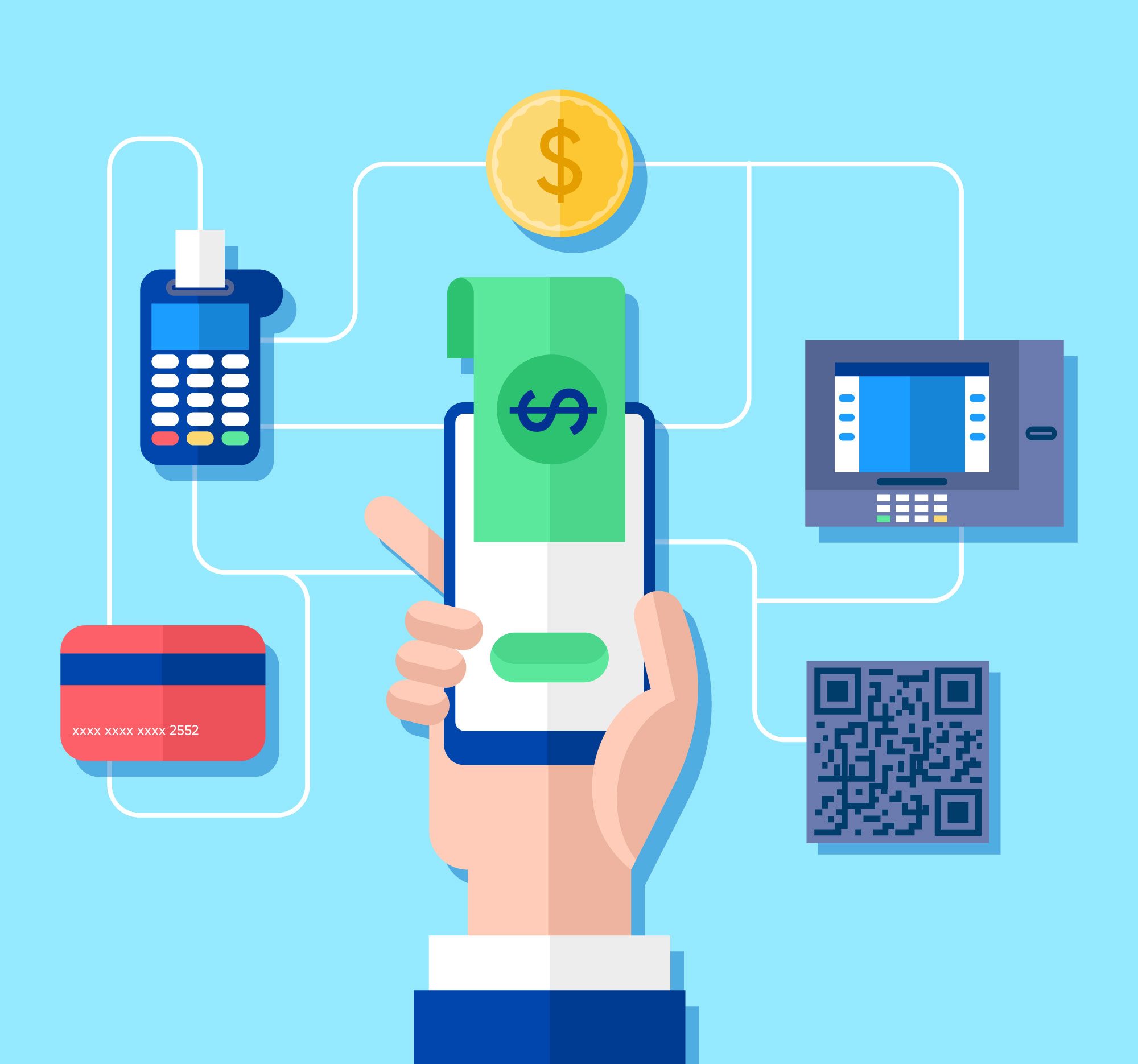As mobile technology advances, the future of mobile payments is rapidly evolving. Consumers worldwide increasingly rely on mobile devices for everyday transactions, making convenience, speed, and security paramount. Understanding the trends shaping mobile payments can help businesses and consumers prepare for an era where mobile transactions become the norm.
1. AI and the Future of Mobile Payments
Artificial intelligence (AI) is a game-changer in the future of mobile payments. From fraud detection to customer service, AI enhances security and optimizes transaction processes. With machine learning algorithms analyzing data patterns, mobile payments are becoming safer and faster. As AI technology evolves, we can expect even more intelligent and intuitive payment solutions that learn from user behavior.
2. Blockchain’s Role in Mobile Payments
Blockchain technology is another force shaping the mobile payments. By decentralizing and securing transactions, blockchain reduces fraud risks and enhances transparency. Many mobile payment platforms are exploring ways to integrate blockchain to ensure transactions are secure and verifiable, which will likely lead to more trust among users and businesses alike.
3. Biometric Authentication in Mobile Payments
Biometric authentication, such as fingerprint scanning, facial recognition, and voice recognition, is transforming the future of mobile payments. Biometrics provide a higher level of security, which is essential as mobile payments become more widely adopted. Integrating biometrics ensures that only authorized users can access sensitive financial information, making transactions more secure than traditional methods.
4. Mobile Payments with Contactless & Digital Wallets
Digital wallets and contactless payments are now central to the future of mobile payments. With options like Apple Pay, Google Wallet, and Samsung Pay, consumers enjoy a seamless payment experience. The trend toward contactless payments accelerated due to the COVID-19 pandemic, and it’s likely to remain as users appreciate its speed and ease.
Conclusion
The future of mobile payments is set to be transformative, with AI, blockchain, biometrics, and digital wallets driving change. These technologies promise increased security, convenience, and efficiency, making mobile payments an integral part of everyday life. For more insights on emerging payment technologies, visit Bedots.
Read more: Creating Immersive Experiences with Virtual Reality in Mobile Apps



